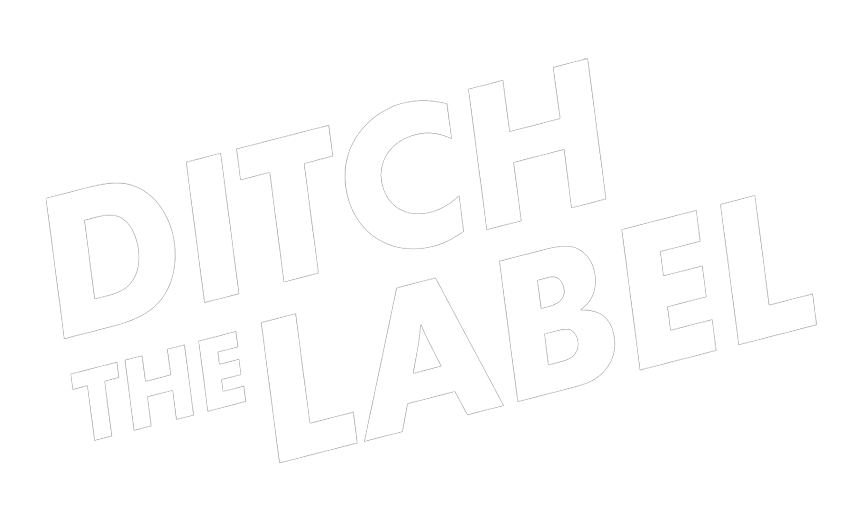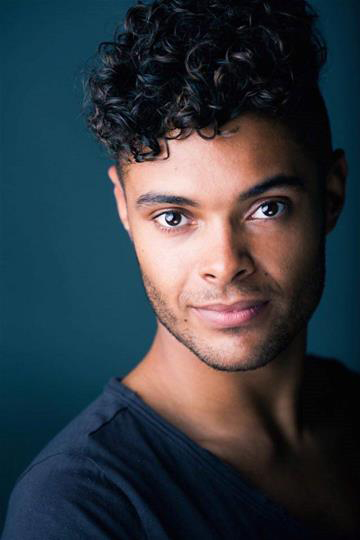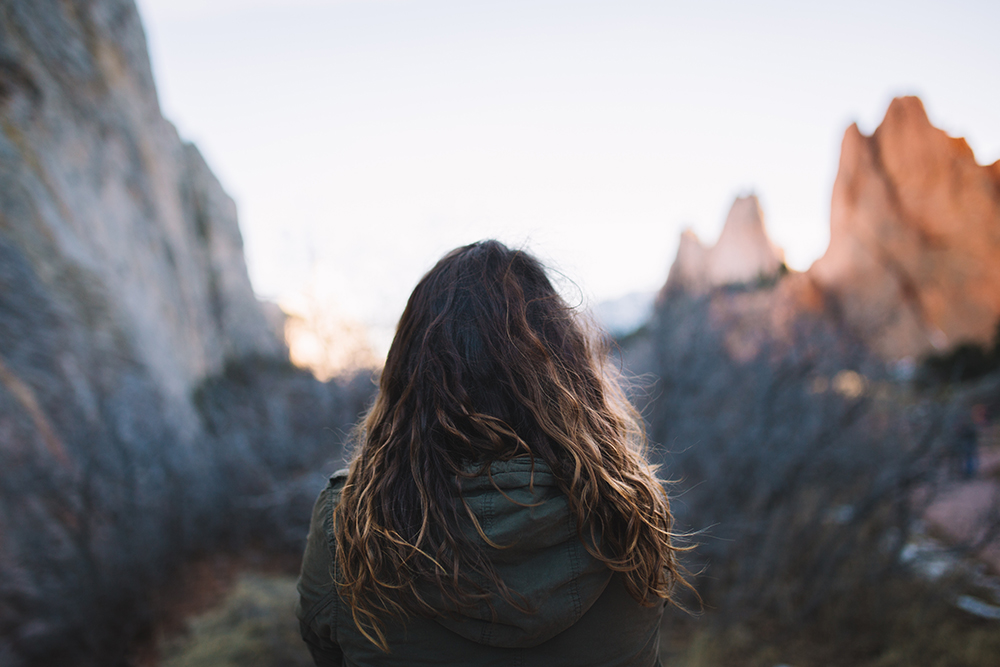This Spirit Day GLAAD blog about why LGBT+ representation in the media is vital in helping us combat bullying
The media is a powerful force that shapes the identity of an individual and the culture of a society. We quote our favourite lines from television and film so much that they become a collective narrative. What is more, we all long to see ourselves reflected in our media. No matter who we are, what our background, we find a sense of comfort and similarity by seeing someone who looks like us or has shared our experience.
Beyond that, media gives us a glimpse into the lives of those who we perceive to be very different from us. It’s likely that none of us will live the lives depicted in Downton Abbey, but we are fascinated by it, and we learn a little along the way. What’s interesting, is that the more we watch these unfamiliar characters, the more we find things they have in common with us. Even those who seem to be so different tend to become more familiar, and we end up cheering them on.
“We find a sense of comfort and similarity by seeing someone who looks like us or has shared our experience”
Knowing someone who is LGBT+ makes you more likely to want to support them and protect them from bad things happening. In absence of having a personal, trusted relationship with an LGBT+ person, the media can provide a way to become familiar with LGBT+ people. That is what makes the representations of LGBT people in the media so important.
This is the work that GLAAD does; making sure that there are more diverse, inclusive, and accurate possibilities of LGBT+ life being represented in the media. GLAAD has spent years tracking the representation of LGBT+ people in the media, through television, film, news, and Spanish-language media. We use that tracking to advocate for fuller, richer, more nuanced and more diverse stories of LGBT+ people in and across genres.
While the sheer number of LGBT+ people and storylines has increased over the years, we still lack a full, accurate representation of the LGBT+ community. The LGBT+ community is broad and diverse, spanning across race, gender, class, education, and experience. Can LGBT+ youth of colour, transgender or gender non-conforming people, or LGBT+ people with disabilities see a character that hints at their real-life experience?
It’s not just about numbers; it’s about the quality of the stories that need to be fair, accurate, and inclusive. Are there LGBT+ heroes? LGBT+ villains? Are LGBT+ people rich, complex characters that have challenges and joys like the rest of us? In too many cases, many LGBT+ people are included just to be one-dimensional stereotypes, often to be a punchline or a punching bag.
“The LGBT+ community is broad and diverse, spanning across race, gender, class, education, and experience”
It’s not a difficult leap from seeing LGBT+ people being the object of insults and violence on television and films to bullying, harassment, and violence in everyday life. If we want healthy, well-adjusted LGBT+ youth, we must give them role models and examples of their future. If we want to reduce bullying, we need to stop depicting violence and harassment against LGBT+ people.
It is through that familiarity with LGBT+ people, with learning about their lived, everyday experience, we can teach our young people that being an LGBT+ person should not make one a target for bullying. It teaches LGBT+ youth that they have a future of possibility ahead of them.
“If we want to reduce bullying, we need to stop depicting violence and harassment against LGBT+ people”
Following a string of high-profile suicide deaths of gay teens in 2010, a teenager named Brittany McMillan began Spirit Day to show support for LGBT+ youth and take a stand against bullying. GLAAD worked to involve millions of teachers, workplaces, celebrities, media outlets and students in going purple on social media or wearing purple, a colour that symbolises spirit on the rainbow flag.
Spirit Day now occurs every year on the third Thursday in October, during National Bullying Prevention Month, and has become the most visible day of support for LGBT+ youth. Spirit Day is when we will all stand together; communities, corporations, celebrities, landmarks, faith groups, sports leagues, schools and so much more, to send a message of solidarity and acceptance to LGBT+ youth.
Join us to send the message to LGBT+ youth that they are not alone. Send the message that bullying is wrong. Send a message of spirit and unity this Spirit Day by going purple!













